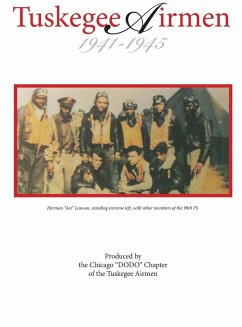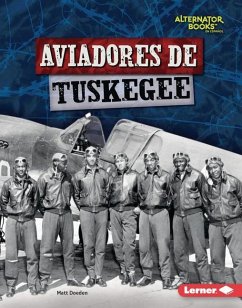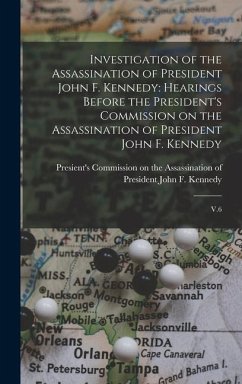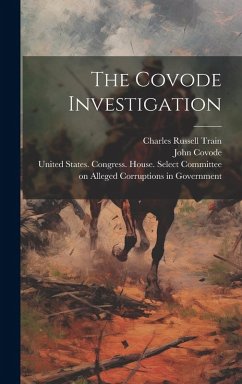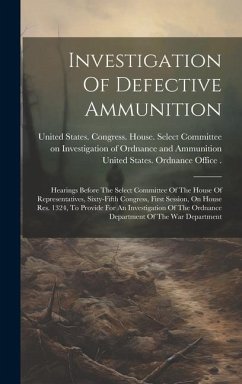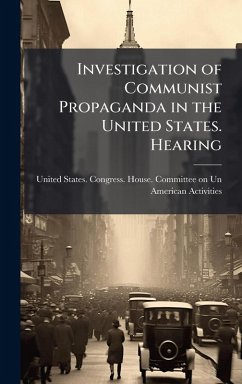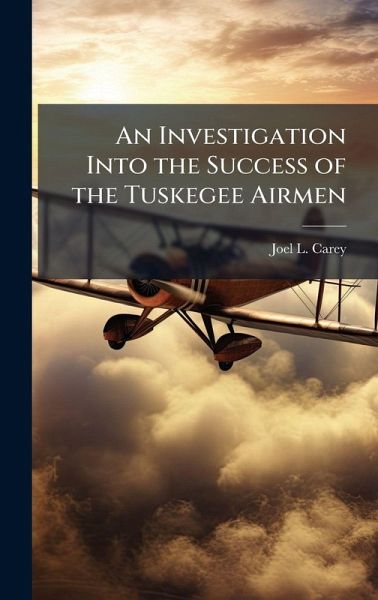
An Investigation Into the Success of the Tuskegee Airmen
Versandkostenfrei!
Versandfertig in über 4 Wochen
26,99 €
inkl. MwSt.
Weitere Ausgaben:

PAYBACK Punkte
13 °P sammeln!
The men and women who participated in the "Tuskegee Experiment" were truly pioneers in the creation of our modern integrated armed forces. There are many sources including textbooks, biographies, and museum brochures that provide insight into the long list of notable accomplishments by the Tuskegee Airmen. One of the most notable is their well-documented accomplishment of having never lost a bomber under their protective escort. This feat placed the 99th Fighter Squadron and the rest of the 332nd Fighter Group among the allied elite during the campaign through the perilous skies of WW II Europ...
The men and women who participated in the "Tuskegee Experiment" were truly pioneers in the creation of our modern integrated armed forces. There are many sources including textbooks, biographies, and museum brochures that provide insight into the long list of notable accomplishments by the Tuskegee Airmen. One of the most notable is their well-documented accomplishment of having never lost a bomber under their protective escort. This feat placed the 99th Fighter Squadron and the rest of the 332nd Fighter Group among the allied elite during the campaign through the perilous skies of WW II Europe. The following pages delve into the reasons for their remarkable record by examining various sources including unit histories, correspondence, mission reports, and biographies. The key points that arise from the sources are the impact of several key members of the unit leadership, the importance of quality training, strict discipline and adherence to escort tactics, and the quality and character of the individual airmen. This work has been selected by scholars as being culturally important, and is part of the knowledge base of civilization as we know it. This work was reproduced from the original artifact, and remains as true to the original work as possible. Therefore, you will see the original copyright references, library stamps (as most of these works have been housed in our most important libraries around the world), and other notations in the work. This work is in the public domain in the United States of America, and possibly other nations. Within the United States, you may freely copy and distribute this work, as no entity (individual or corporate) has a copyright on the body of the work. As a reproduction of a historical artifact, this work may contain missing or blurred pages, poor pictures, errant marks, etc. Scholars believe, and we concur, that this work is important enough to be preserved, reproduced, and made generally available to the public. We appreciate your support of the preservation process, and thank you for being an important part of keeping this knowledge alive and relevant.




